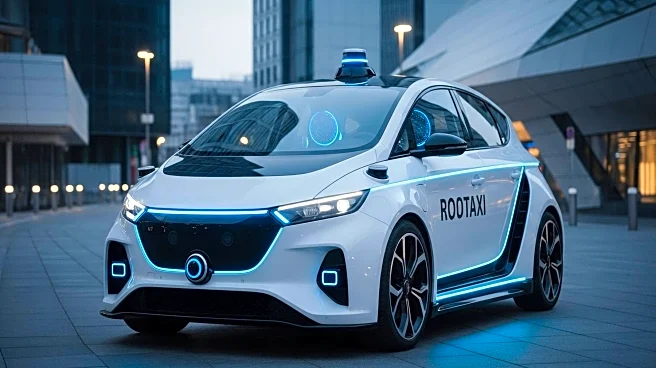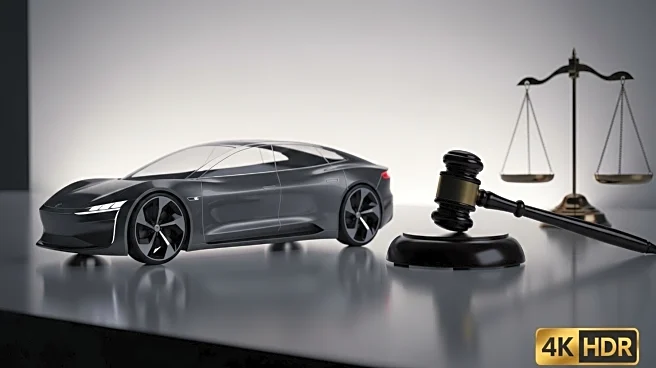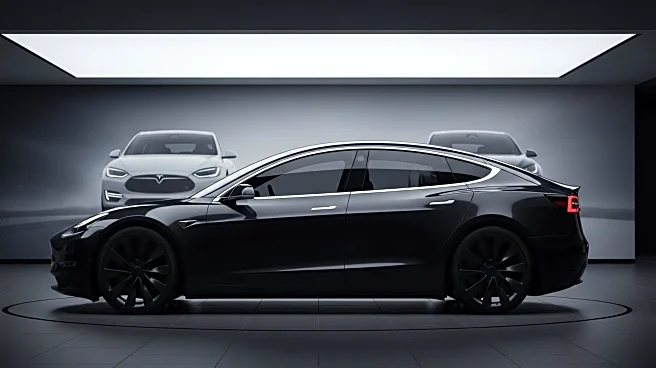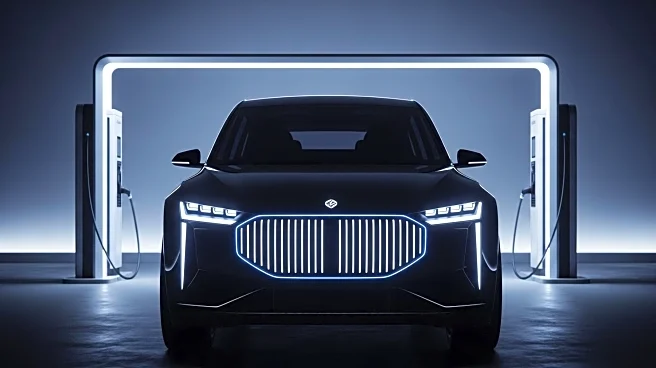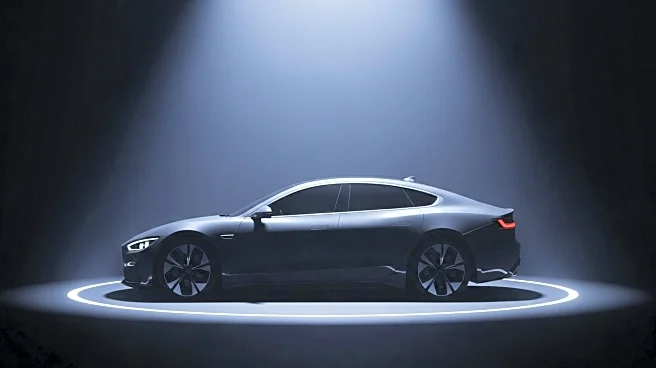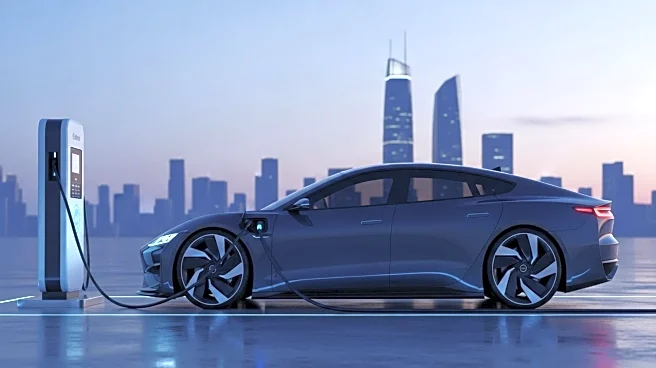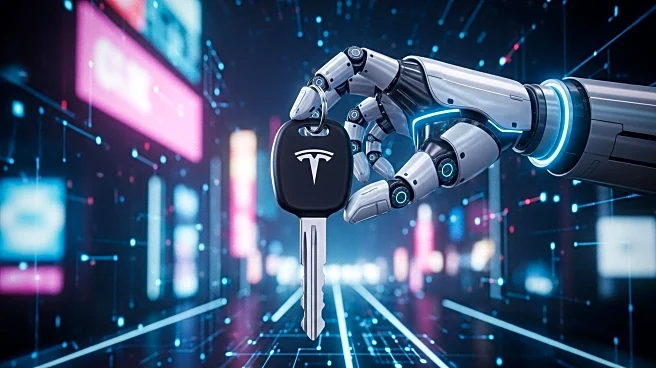What is the story about?
What's Happening?
Tesla's market share in the U.S. electric vehicle sector dropped to 38% in August, marking its lowest point since October 2017. This decline comes as Tesla shifts its focus towards developing robotaxis and humanoid robots, delaying plans for more affordable EV models. The change in strategy has allowed competitors to gain ground, with other automakers offering new EV models and incentives. Tesla's pivot is part of a broader strategy to position itself as a leader in robotics and AI, but it has resulted in a decrease in its traditional auto market share.
Why It's Important?
Tesla's shift in focus from traditional EVs to robotaxis and humanoid robots represents a significant strategic pivot that could redefine its role in the automotive industry. While this move aims to capitalize on emerging technologies, it risks alienating Tesla's core customer base and ceding market share to competitors. The decline in market share could impact Tesla's financial performance and investor confidence, especially as federal tax credits for EVs expire, increasing financial pressure. The company's ability to balance innovation with maintaining its auto business will be crucial for its future success.
What's Next?
Tesla's strategic pivot may lead to increased competition in the EV market as rivals capitalize on the opportunity to attract Tesla's traditional customer base. The expiration of federal tax credits could further challenge Tesla and other automakers, potentially leading to price adjustments or new incentives to maintain sales momentum. Tesla's focus on robotics and AI may result in new product launches, but the company will need to address consumer demand for affordable EVs to sustain its market position.
AI Generated Content
Do you find this article useful?
